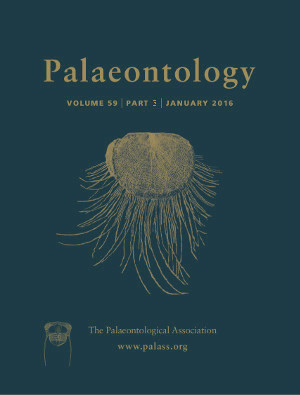Reg. Charity No. 1168330

Implied weighting, a method for phylogenetic inference that actively seeks to downweight supposed homoplasy, has in recent years begun to be widely utilized in palaeontological datasets. Given the method's purported ability at handling widespread homoplasy/convergence, we investigate the effects of implied weighting on modelled phylogenetic data. We generated 100 character matrices consisting of 55 characters each using a Markov Chain morphology model of evolution based on a known phylogenetic tree. Rates of character evolution in these datasets were variable and generated by pulling from a gamma distribution for each character in the matrix. These matrices were then analysed under equal weighting and four settings of implied weights (k = 1, 3, 5, and 10). Our results show that implied weighting is inconsistent in its ability to retrieve a known phylogenetic tree. Equally weighted analyses are found to generally be more conservative, retrieving higher frequency of polytomies but being less likely to generate erroneous topologies. Implied weighting is found to generally resolve polytomies while also propagating errors, resulting in an increase in both correctly and incorrectly resolved nodes with a tendency towards higher rates of error compared to equal weighting. Our results suggest that equal weights may be a preferable method for parsimony analysis.